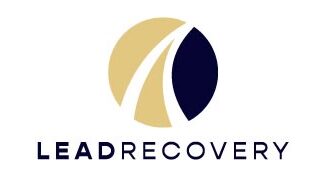Cognitive behavioral therapy (CBT) aims to address thinking errors – and their associated emotions and behaviors – that are unhelpful or problematic for a person.
CBT focuses on “here and now” problems and achievement of goals related to improving the quality of a person’s interaction with the world. Cognitive behavioral therapy appears even more effective when used alongside medication therapy and/or hypnotherapy.
CBT is sometimes used in the treatment of:
- Addiction
- ADHD
- Panic, OCD and other anxiety disorders
- Chronic fatigue syndrome
- Conduct disorders
- Depression and other mood disorders
- Eating disorders
- Insomnia
- Pain
- Personality disorders
- Some medical conditions
- Some psychotic disorders
- Suicidal tendencies
Elements of Cognitive Behavioral Therapy
Cognitive-behavioral therapy combines a number of therapies or strategies such as Acceptance and Commitment Therapy, Cognitive Processing Therapy, Cognitive Therapy, Dialectical Behavior Therapy, Exposure Therapy and relaxation training. The six phases of cognitive behavioral therapy are:
- Assessment
- Re-conceptualization
- Skills acquisition
- Skills consolidation, application
- Generalization and maintenance
- Post-treatment assessment
Cognitive behavioral therapy can be delivered in one-on-one therapy sessions or in group therapy settings. CBT can be facilitated via a trained therapist, CBT computer programs, self-help instruction and group educational classes.
Brief Cognitive Behavioral Therapy (BCBT) is used when there are time limits to the length of therapy that can be received. BCBT is administered in about 12 accumulated hours and was first developed to treat traumatized soldiers in an effort to reduce suicide.
Goals
Thinking errors often involve qualities such as black and white thinking, overgeneralizing, magnifying, minimizing and catastrophizing. Bringing thinking errors into balance with productive thinking eases negative emotions and decreases self-defeating behaviors. One of the goals of cognitive-behavioral therapy is to help a person identify and replace thinking errors with productive, functional thoughts.
With continued cognitive behavioral therapy, a person will become more open to, mindful of and aware of thinking errors and will be able to challenge them and lessen their impact on his or her interactions with the world.

